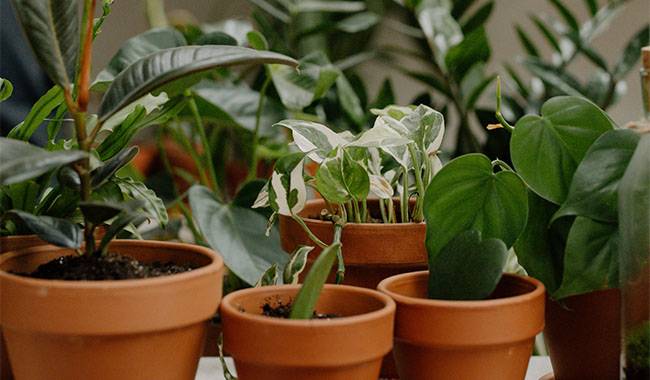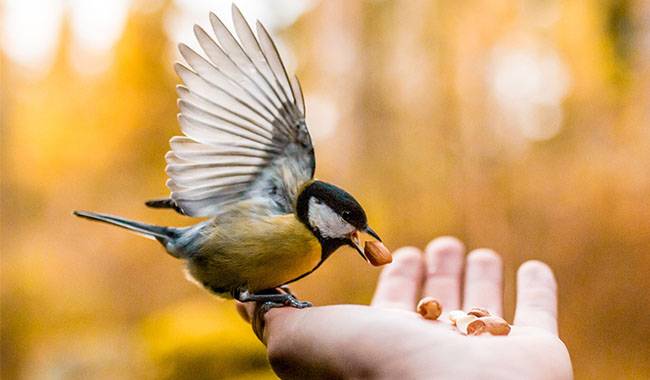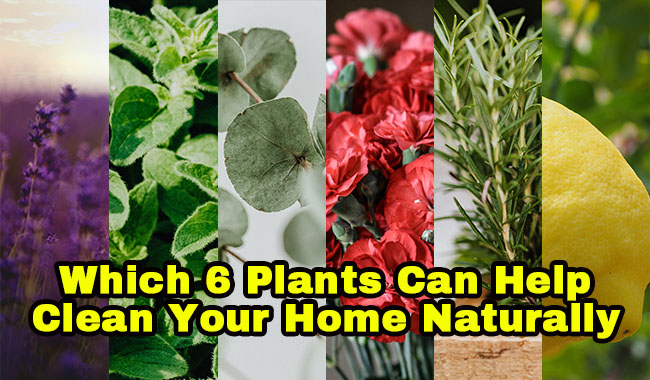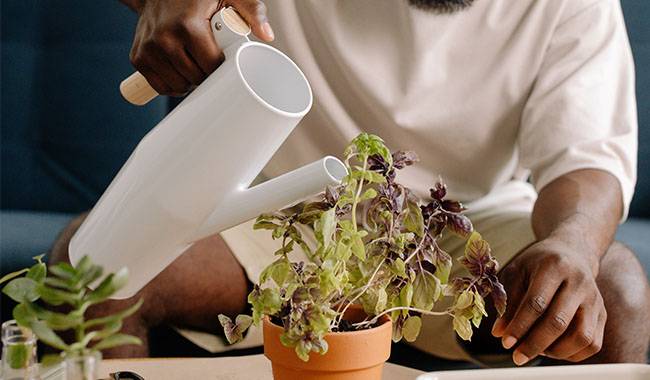
We grow trees and shrubs primarily for their beauty and delicious fruit. However, plants can improve our health by releasing beneficial Botanical Insecticide. What healthy trees and shrubs to plant in your garden? You will learn the most useful botanical insecticide for your garden plants in the thumbgarden.com article.
In order to choose useful trees and shrubs for your garden, you need to understand what plant phytohormones are, which ones cause allergies, and which ones will make your time outdoors truly healthy.
What Are Botanical Insecticide
A phytofungicide is a complex of antimicrobial substances contained in plants. It includes terpenoids, alcohols, aldehydes, esters and other compounds that kill or inhibit the growth and development of bacteria and pathogenic fungi.
The phenomenon of plant phytofungicides was discovered by scientist Boris Tolkien in the 1930s. Literally, it translates as “killer plant” (from the Greek “phyton” – a plant and the Latin “cido” – I kill). There has been a misconception that Botanical Insecticide are characteristic of specific plant groups. They are attributed to conifers and shrubs (mainly the common juniper), as well as the common myrtle, eucalyptus, medicinal rosemary and many other deciduous tree species. Virtually all plants secrete Botanical Insecticide, as they are one of the factors in the natural immunity of plants.
Currently, most scientists refer to Botanical Insecticide as “volatile organic compounds (VOCs) that are released by plants.
The main mechanism of action of Botanical Insecticide is related to the formation of ozone (charged ozone), which destroys the DNA structure of microorganisms, resulting in at least a 2-3 fold increase in the bactericidal activity of the air. There are bactericidal and fungicidal effects (on bacteria and fungi), as well as bacteriostatic and bacteriostatic effects (when the growth and development of microorganisms is slowed down).
Benefits and Hazards of Fresh Air
Not all fresh air is created equal. Volatile organic compounds (VOCs) in plants can have both positive and negative effects on human health. Consider the pros and cons of being outdoors in a given season.
- High concentrations of volatile Botanical Insecticide from needles can cause allergies during the summer months in coniferous forests, when the trees have the highest plant fungicide activity.
- Small concentrations of volatile Botanical Insecticide observed in forest air during winter have serious therapeutic effects on patients with cardiovascular disease.
- Staying in oak forests in summer lowered blood pressure in patients with hypertension (by 6-12 mm Hg). At the same time in pine forests the blood pressure of the same patients was increased (15-20 mm Hg). Blood pressure was also increased by inhalation of phytofungicides of lilacs and young leaves of poplars.
The phytocide of +wart birch had antispasmodic and bronchodilatory effects. In patients, sleep returned to normal, irritability, shortness of breath and coughing stopped or decreased, and mood improved.
- Volatile phytocides of cone poplar (May), linden and lilac, pine (summer) were poorly tolerated by patients with asthmatic bronchitis and pulmonary sclerosis.
Dynamics of Plant Fungicide Content
In general, 370-420 kg of POPs, 320-405 kg of spruce, 190-220 kg of birch, and 170-190 kg of poplar per hectare are released into the atmosphere during the growing season. The highest levels of phytocides were found in pine forests, followed by spruce and larch plantations, and further by mixed conifer and deciduous plantations, birch and oak forests, poplar forests, and maple forests.
The amount of phytocide released varies depending on the plant species, its age, size, condition, soil and climatic conditions of the area, and environmental factors.
Daily Plant Pesticide Activity
Tree and shrub species have their greatest activity near noon. In the morning, they are lower in the air, for example, in pine and birch forests, when the amount of phytocides is 3 to 4 times lower than during the day, but their concentration is even lower at night, 7 times lower than during the day.
Seasonal Activity of Plant Insecticides
In most woody and shrubby plants, phytoconcentration increases gradually from spring, reaches its highest value in summer (June-August), and then decreases. The well-known Cossack thorn cypress produced 1.18-1.49 mg %/hour during spring and summer growth spurts, but only 0.53 mg %/hour during winter.
Effect of Plant Age on Phytocide Concentration
Young leaves and pine needles of birch, and other deciduous trees produced more volatile than later formed leaves. The production of phytocide is also influenced by weather and some environmental factors. For example, ambient air temperatures rise to 68-77 °F (20-25 °C). causing the concentration of plant insecticide to almost triple.
How to Make the Air on the Site Healthy
- Plant different types of trees and shrubs, including deciduous and coniferous trees, so that their phytocidal effects can last longer.
- Create optimal conditions for plants.
- Place resting areas (benches, pergolas) under tree canopies or near groups of shrubs, and trellises with vines.
Conifers not only beautify the garden but also make the air in the garden healthier.
The Most Useful Plants for Pesticides Plants
Antibacterial activity against Staphylococcus aureus is
white acacia (robinia false acacia)
common barberry purple-leaved
warty birch
oak red and pedunculate
willow
spruce (Serbian, prickly, common)
viburnum Vulgaris
horse chestnut
Siberian larch
Scotch pine (in addition, it has a high activity against Staphylococcus aureus)
tiss
poplar pyramidal







